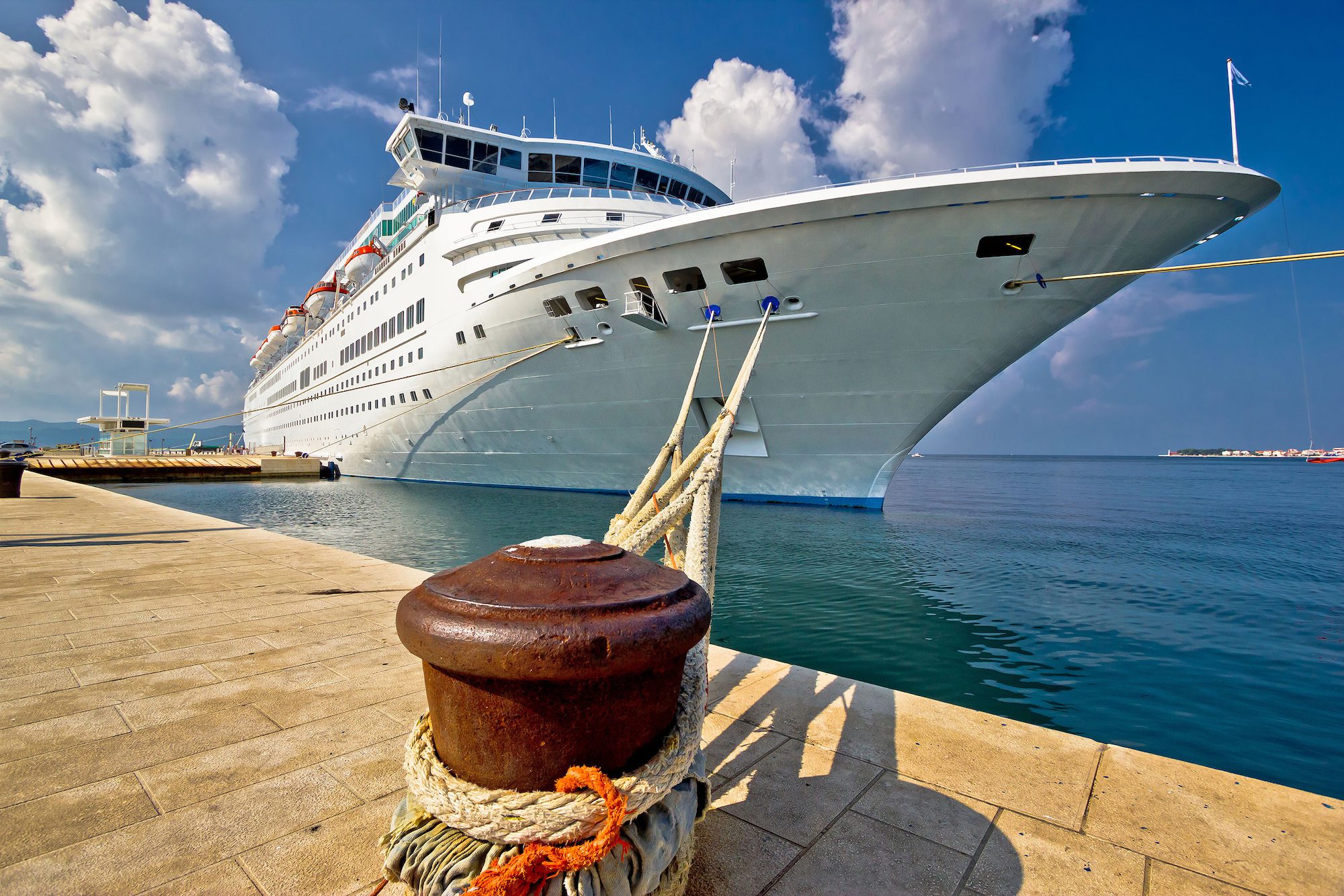Ships Fleeing The Red Sea Now Face Perilous African Weather
By Alex Longley and Paul Burkhardt (Bloomberg) –Ships sailing around the southern tip of Africa are wrestling with a bout of bad weather that has already run one vessel aground and...


Stock Photo: Shutterstock/xbrchx
Maritime insurer Gard says it has observed a rising number of mooring line incidents, particularly during high winds.
Gard reports that in several recent cases, wind speeds exceeded 80km/h (equivalent to force 8 or more on the Beaufort scale). Notably, these incidents predominantly involve cruise vessels, but large ships of other types are also at an increased risk. Despite no serious damage or injuries, the incidents underscore the necessity of ensuring secure mooring operations.
Broken mooring lines often result in hull damages involving one or more vessels and can also lead to significant port structure damages. Mooring line failures can also cause pollution, severe accidents, and even loss of life. For context, between 2016 and 2021, International Group clubs received reports of 858 injuries and 31 fatalities related to mooring operations.
According to Gard’s analysis of mooring line accidents, proper inspection, maintenance, and preparedness for critical situations could have prevented many of these incidents. It’s crucial for officers and crew to understand the environmental loads that their equipment is designed to withstand. Factors such as wind and current strength, water depth, and other environmental conditions play significant roles in these incidents.
Gard points out that large vessels, especially those with big windage areas like cruise ships, container vessels, ferries, ro-ro vessels, and car carriers, are particularly at risk. As the size of cruise ships has considerably increased over the years, larger loads are applied to the mooring lines, making these vessels more susceptible to such incidents.
Gard also highlights recent amendments to SOLAS Reg. II-1/3-8, which became mandatory on January 1, 2024. These amendments introduce new requirements for all elements used in mooring operations, including the maintenance and inspections of mooring equipment, criteria for identifying worn-out lines and tails, and guidelines for selecting replacements.
Gard strongly advises that the Master conducts an in-depth risk assessment considering the specific mooring conditions and loadings, both under normal and adverse weather conditions. The Master must also evaluate whether it is safer to stay at the berth or depart for the open sea or a safe anchorage during adverse conditions. Safety should always be the top priority, reminds Gard.
Join the gCaptain Club for curated content, insider opinions, and vibrant community discussions.


Join the 107,180 members that receive our newsletter.
Have a news tip? Let us know.
Access exclusive insights, engage in vibrant discussions, and gain perspectives from our CEO.
Sign Up




Maritime and offshore news trusted by our 107,180 members delivered daily straight to your inbox.



Essential news coupled with the finest maritime content sourced from across the globe.
Sign Up